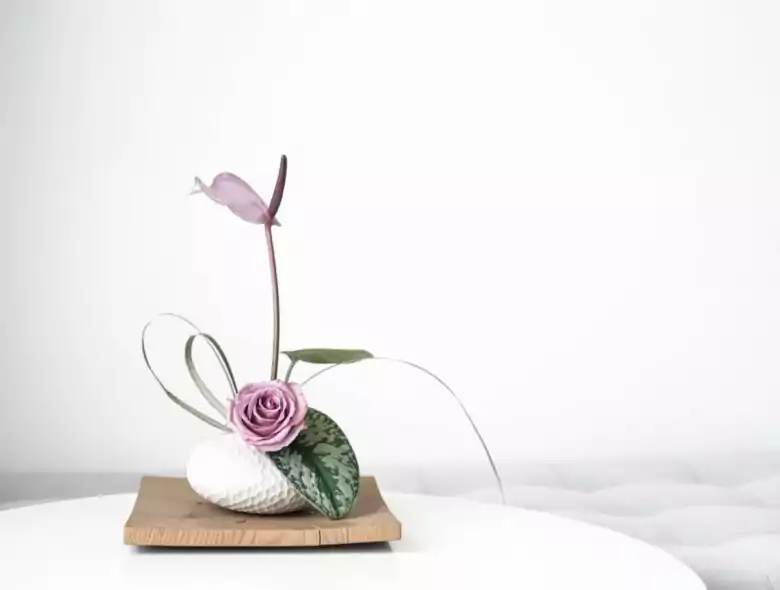What is Ikebana?
Ikebana is the traditional Japanese artform of flower arrangement that has been around for centuries. This artform roughly translates to “bringing life to flowers”, and is also known as kadō, translating to “the way of flowers”.
The arrangement of flowers has been considered an art in Japan for many, many years, and it is also thought to be one of the most beautiful techniques of flower arrangements in the world.
The key in ikebana flower arrangements is in the balance of the flowers and space between each flower and stem – this is one of the Ikebana basic rules. The placement and emphasis on space is supposed to embody the concepts of harmony, peace and beauty.
Ikebana is now thought at one of the three major cultural Japanese arts, along with Tea ceremonies and calligraphy.
If you would like to learn more about this traditional practice and what you need to create an elegant and meaningful decorative piece for your Village House apartment yourself, please keep on reading!
Please note that there are plenty of different Ikebana schools, that all developed their own styles that vary from school to school. This article is based on the Ikenobo school, which is one of the oldest Ikebana schools and is often referred to as the origin of Ikebana.
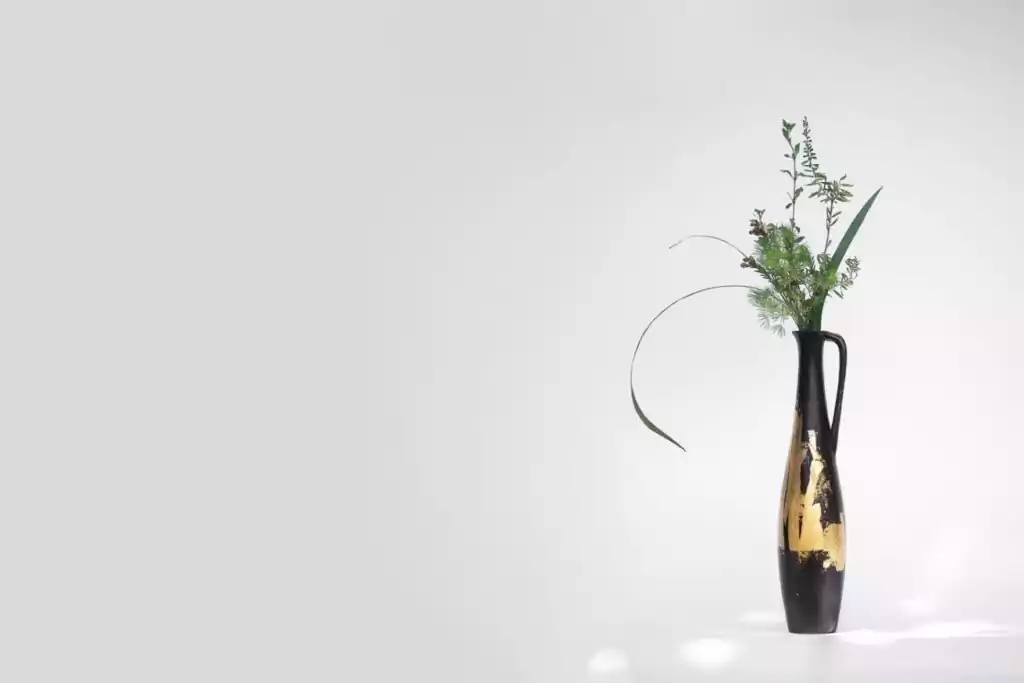
History of Ikebana
The tradition of viewing and appreciating plants and the changing of seasons has always been popular in Japanese culture, and Ikebana is an expansion of this belief. Through Ikebana, flowers become high-art and decorative pieces.
The history of Ikebana itself dates to the 6th century, just after Buddhism had come over to Japan from China. At these times, people began to take floral offerings to altars and temples, which had boards and shelves set up that were designated for the display of floral vases. In the beginning, the flowers weren’t arranged in a particular way; instead, they were just unintentionally placed in the vases.
However, during the Muromachi period, Buddhist monks began to arrange flowers in new ways that differed from the style of traditional Buddhist floral offerings. This is referred to as the beginning of ikebana as the meaningful arrangement of flowers that we know today.
There are some basic Ikebana rules that all artists follow – these rules are influenced by the simplicity and minimalism within Buddhism. The flower arrangements are supposed to represent our connection with nature, as well as the passing of life and beauty (the flowers will wilt eventually, after all). Emptiness, or space, relates to the Buddhist concept of Ma, which Ikebana helps us realize in the space between flowers and the empty vase.
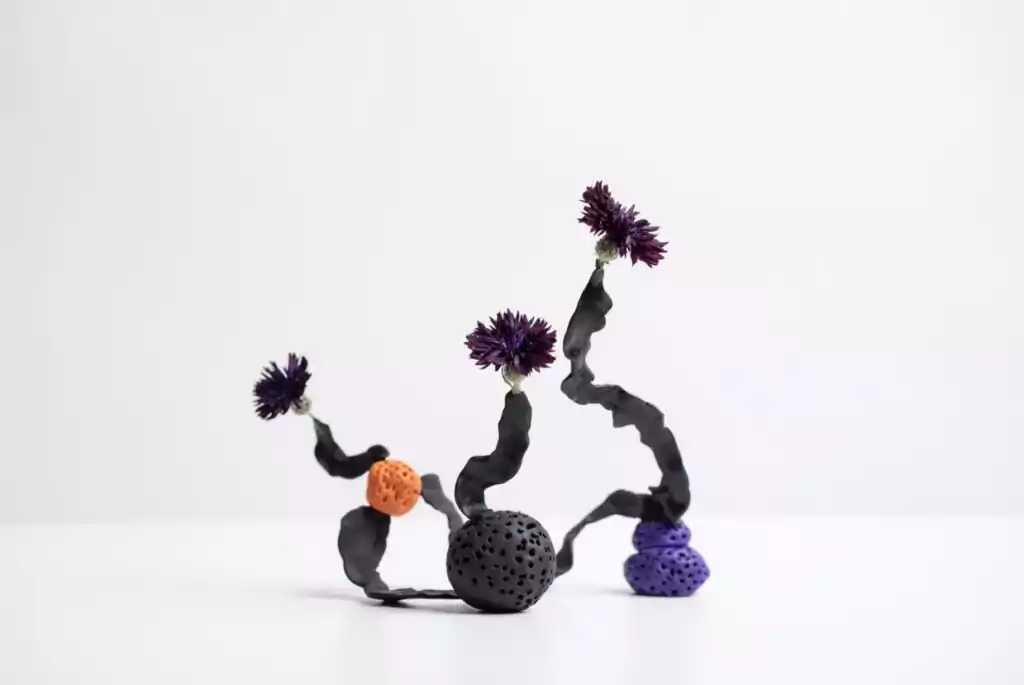
Ikebana Basic Rules
According to the Ikenobo ikebana school, there are three styles of arrangements: Rikka, Shoka, and Jiyuka.
Rikka is a style that uses multiple different kinds of branches, plants, and flowers to express the image of a whole natural landscape in one single vase. The underlying meaning of this arrangement is that in nature nothing exists in isolation from everything else and the foundation of the landscapes that we see is the harmony of all things.
Shoka wants to highlight the inner beauty, in other words, the unique character of a plant that it expresses as it is striving to grow and survive. This an even more minimalistic style of ikebana and only uses one to three materials.
Jiyuka, meaning freestyle, is a newer method of ikebana that allows the artist to let their creativity run free without being limited by rules. These flower arrangements should still feel balanced, and the shape and textures of the plants should be carefully observed to arrange them harmonically.
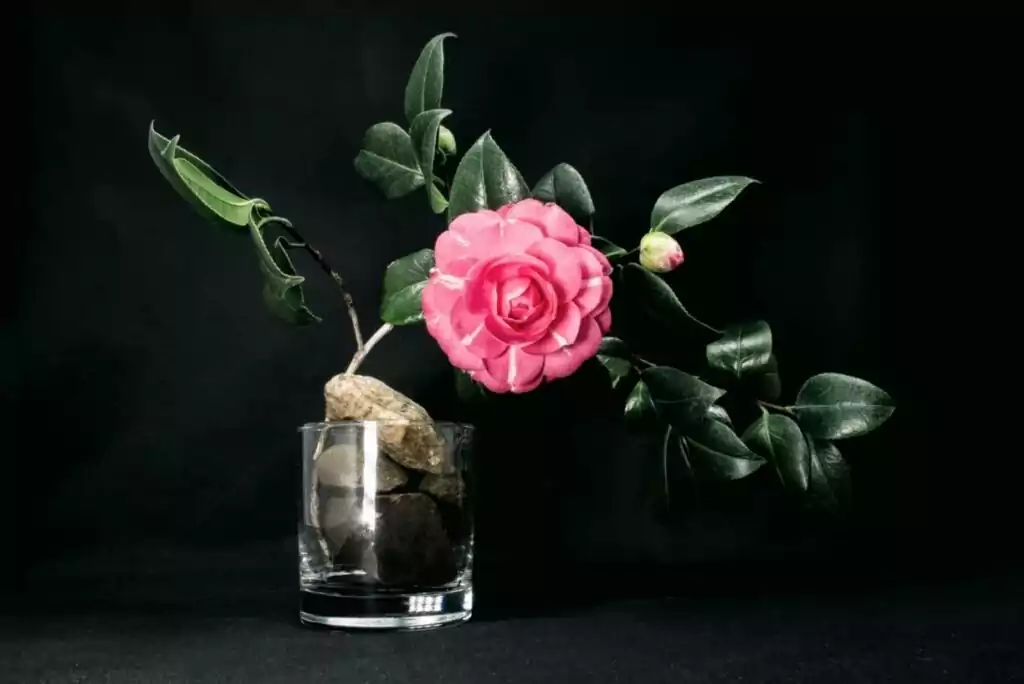
Exploring Ikebana schools
You can go to schools to learn about Ikebana practices, and you even go through a grading system to eventually become a master of the Ikebana style of flower arrangements.
There are thousands of Ikebana schools across Japan and outside of Japan. The most well-known school is in Kyoto, where many of Japan’s old cultures and crafts are well preserved. Nowadays the art of ikebana is still popular and appreciated, with many people, not just throughout Japan, but the whole world practicing it.
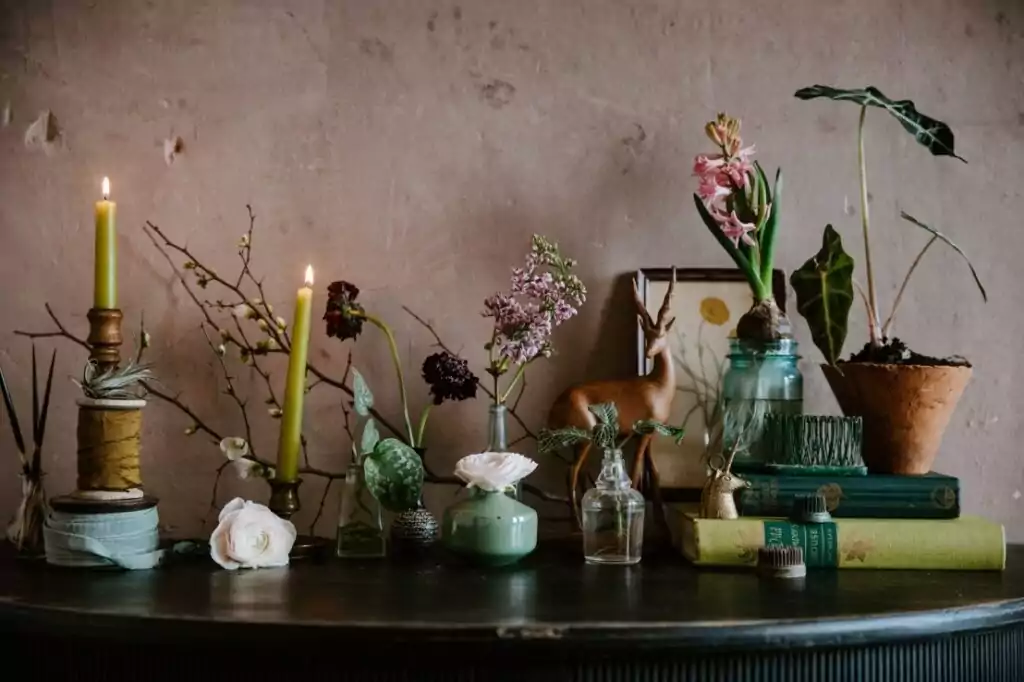
Ikebana versus Western Styles of Flower Arrangements
You may have noticed that Ikebana flower arrangements look very different from the kinds of arrangements in the West. This is because arrangers in the west like to make their bouquets both full and symmetrical. In this way, Western flower arrangements look like they are bursting with color. Of course, this is very beautiful, but it is not like Ikebana.
Within Ikebana, flower arrangements are considered in relation to space and natural lines. In other words, arrangements are supposed to look very natural, and so the lines of stems are not so straight as bouquets in the West, and the arrangement is much sparser to reflect how the flowers look in the natural world.
Ikebana also likes to use tree branches, which are not so popular in Western flower arrangements. However, in Japan, the use of Pine trees, Willow, Cherry Blossom and Maple trees are all very popular within Ikebana flower arrangements and will be often be paired with delicate flowers. Again, this choice has been made to reflect the natural world.
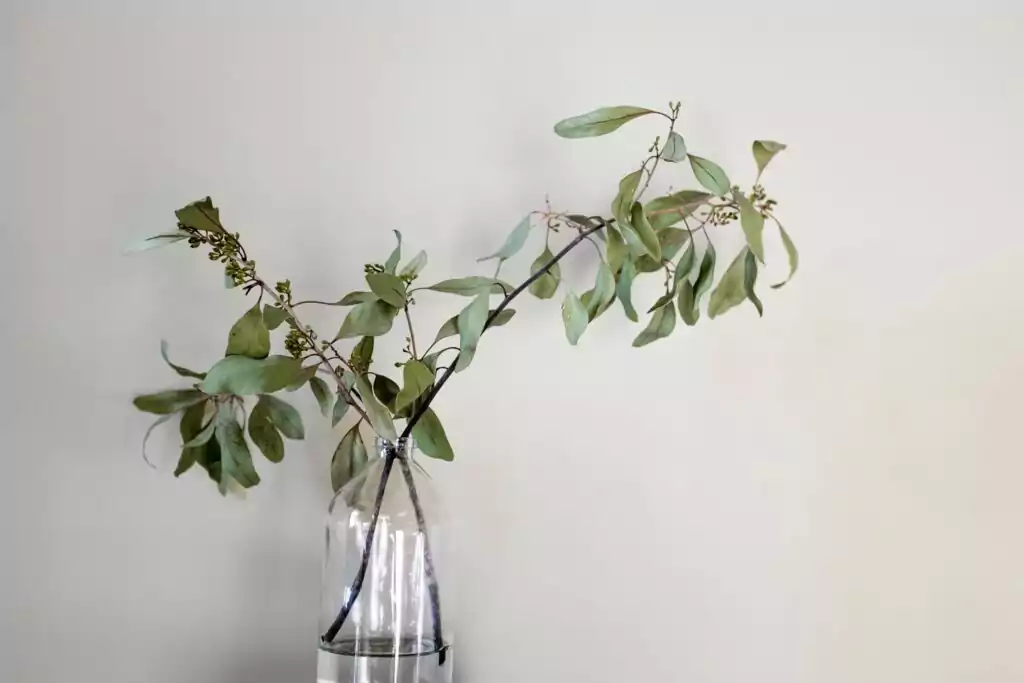
What is Ikebana? – A Summary
Ikebana is a fun, artistic practice that can also be very relaxing and meditative. If you enjoy the beauty of flower arrangements, then you should consider practicing Ikebana yourself, either by learning at home via a book or an online video or by searching out a local school. Good luck!
Related articles:
- Spring Home Decor Ideas
- 5 Spring Flower Home Decoration Tips
- How to Add Color to Rental Apartments
- Five Principles of Japanese Interior Design


